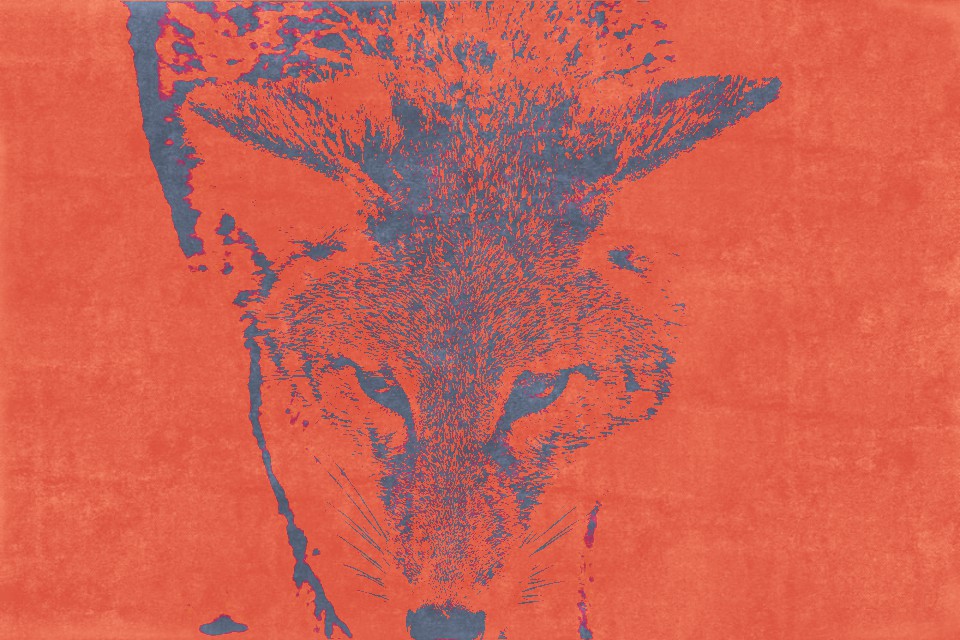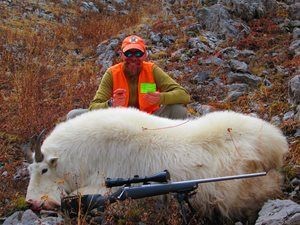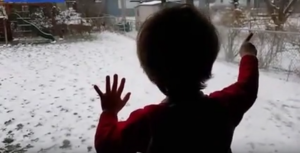What might come as a surprise to some, with record numbers of livestock killed already this year by grizzly bears, they are not, in fact, the number one predator of livestock in the state of Montana.
According to Montana Wildlife Services, as of May 31, this year’s tally of livestock killed and probable by grizzly bears has risen by nearly 5 percent over 2015’s estimated losses. All this activity, highlighted in the news as of late, has undoubtedly been keeping the Livestock Loss Board busy as the claims continue to roll in.
Despite heavy grizzly activity, according to The Montana National Agricultural Statistics Servce (NASS), coyotes accounted for 80 percent of all the predator caused sheep losses in 2015.
“Coyotes are still the primary predator in the state. And a lot of that can be attributed to their range and numbers are certainly higher. Wolf range is still limited, primarily in the western half of the state, as is grizzly bear range, although both are spreading,” Montana Wildlife Services state director John Steuber told KPAX.
Wildlife Services reported the deaths of 240 adult sheep and 1,471 lambs all by coyotes last year, while NASS reported somewhere in the neighborhood of 14,000 sheep and lamb fatalities in the same period.
Steuber went on to mention that the numbers reported by Wildlife Services only reflect reported incidents, and because producers do not receive compensation for coyote predation, unlike wolf or grizzly bear predation, their numbers are often much lower than those reported by NASS.
The big difference in management options for farmers and ranchers is how they are legally able to deal with the problem. Coyotes and in some cases, wolves can be shot by ranchers when deemed to be harassing livestock. The same cannot be said about grizzly bears.
With many bears often returning to farms and ranches, even after relocation, producers have strict limits on even how far they are allowed to chase or scare bears away from their livestock.




